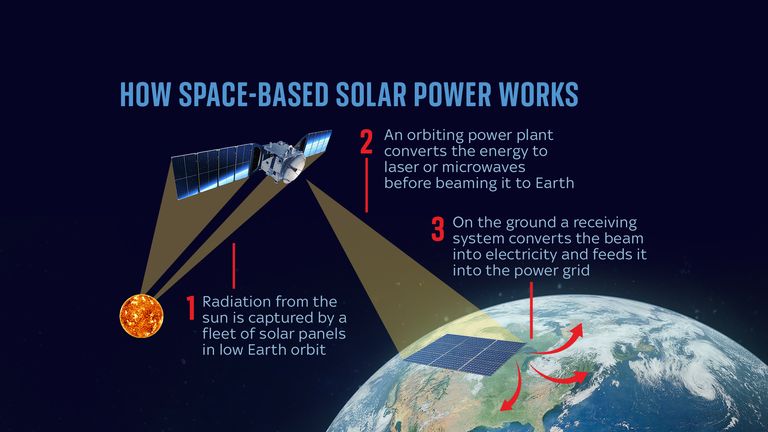Why the World Must Unite to Solve the Drinking Water Crisis—Now
In 2025, over 700 million people still lack access to clean drinking water. This isn't just a humanitarian crisis; it's a solvable problem that demands immediate, collective action.
The Cost of Inaction
The World Bank estimates that achieving universal access to safe drinking water and sanitation in 140 low- and middle-income countries would cost about USD 114 billion per year. Yet, the global community currently allocates only a fraction of this amount, leaving a significant funding gap. (UNESCO, Time)
Meanwhile, the consequences of inadequate water access are dire. Every day, women and girls around the world spend an estimated 200 million hours collecting water, time that could be spent on education or economic activities. Moreover, waterborne diseases remain a leading cause of death in many developing regions.(charity: water)
The Economic Argument
Investing in water infrastructure isn't just morally imperative; it's economically sound. Access to clean water and sanitation can yield up to $86 billion per year in greater productivity and reduced health costs. Furthermore, every dollar invested in water and sanitation can generate up to $4 in economic returns.(World Economic Forum)
A Call for Collective Action
Solving the global water crisis requires a unified effort from governments, billionaires, non-profits, and corporations. Philanthropic organizations like charity: water have made significant strides, funding over 154,000 water projects and bringing clean water to over 18 million people. However, these efforts need to be scaled up dramatically.(moodofliving.com)
Governments must prioritize water infrastructure in their budgets. Corporations can contribute through sustainable practices and funding. Billionaires and philanthropic organizations have the resources to make substantial impacts. By working together, we can close the funding gap and ensure that everyone has access to clean drinking water.
Conclusion
The global water crisis is a solvable problem. With coordinated action and adequate funding, we can provide clean drinking water to all, improving health outcomes, economic productivity, and quality of life worldwide. The time to act is now.
Solve Drinking Water https://t.co/cE3MvLGror
— Paramendra Kumar Bhagat (@paramendra) May 30, 2025




